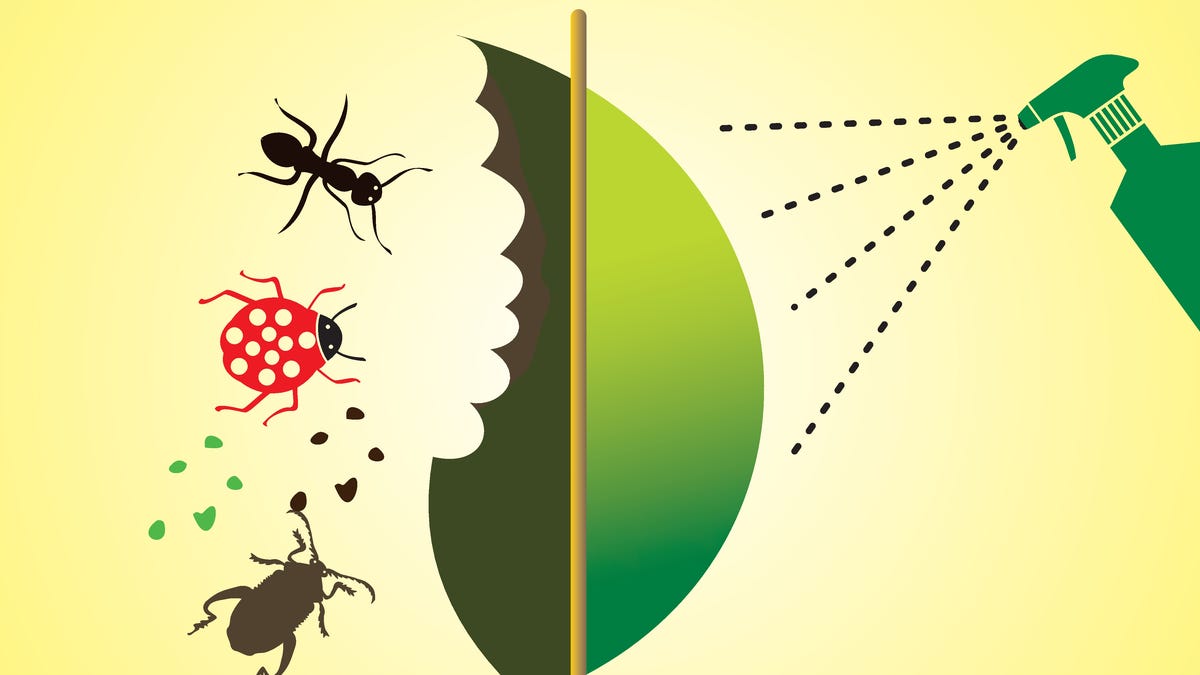All of the sudden, you see them. They might be taking over bare spots between plants, or even under them. They can grow in the spaces between brick or paver pathways. They sprawl out at astonishing speed.
Prostrate or spotted spurge (Euphorbia maculata) is a very low-growing plant, native to Eastern North America. The entire plant is hairy, growing in a ground-hugging mat radiating outward from the rooted stem. Like other Euphorbias, it produces a milky sap that can be an irritant to skin and eyes; wear gloves when touching.
This plant can grow anywhere sunny. It has a short life cycle and can produce viable seed within a few weeks of germination. Seed will germinate best at soil temperatures between 75-85 degrees, in full sun. Management techniques can include removal by pulling or hoeing, followed by applying at least 2 inches of mulch on the infested area.
Application of either preemergent (prior to germination) or post-emergent herbicides may be effective, but seeds can continue to mature even after the plant is dead; make sure to remove the dead plants. In brick or paver hardscape, application of a preemergent herbicide after cleanup may be the only way to control new growth.
Common purslane (Portulaca oleracea) is another ground-hugging annual plant that appears in mid to late summer. It is a succulent plant with fleshy leaves clustered at stem joints. Leaves are oval to spoon-shaped with a reddish margin. Very small yellow flowers typically open on hot sunny days. Stems are also fleshy and reddish.
Purslane is not a North American native but has been here a very long time, likely introduced in the 16th century, and is very well established. Plants are edible, and some people cultivate them deliberately.
Management of purslane or prostrate spurge is a two-faceted process. One is control and removal of existing plants, before seeds set; the second is preventing seed germination in the soil.
Purslane is very easy to pull out; that is probably the fastest way to remove existing plants. Be sure to remove and throw away all of the plants. Stems re-root very easily, so donât leave them on the ground or compost the plants; seeds can continue to mature even after the plant is removed from the ground. Prostrate spurge can be hoed or hand-pulled (with gloves).
The seeds require light to germinate; application of 2 inches of mulch will discourage new seed germination. Pre-emergent herbicides can reduce germination; post emergent herbicides are only effective on very young plants. If these plants are a problem this year, timely application of preemergent herbicides early next summer might be advisable.
There are other aggressive prostrate annual weeds: common examples are Black Medic, Prostrate Knotweed and Puncture Vine. For more information on weed control, check out the resources at the following link:
https://planttalk.colostate.edu/topics/weeds-cultural-problems/2110-purslane/
https://hort.extension.wisc.edu/articles/spotted-spurge-chamaesyce-euphorbia-maculata/
https://cmg.extension.colostate.edu/gardening-resources/online-garden-publications/weed-management/
Submit gardening questions to [email protected] or call 719-520-7684. The in-person help desk is open 9 a.m.-noon and 1-4 p.m. Mondays and Wednesdays at 17 N. Spruce St. Find us on Facebook at Colorado Master Gardeners – El Paso County.
Submit gardening questions to [email protected] or call 719-520-7684. The in-person help desk is open 9 a.m.-noon and 1-4 p.m. Mondays and Wednesdays at 17 N. Spruce St. Find us on Facebook at Colorado Master Gardeners – El Paso County.









